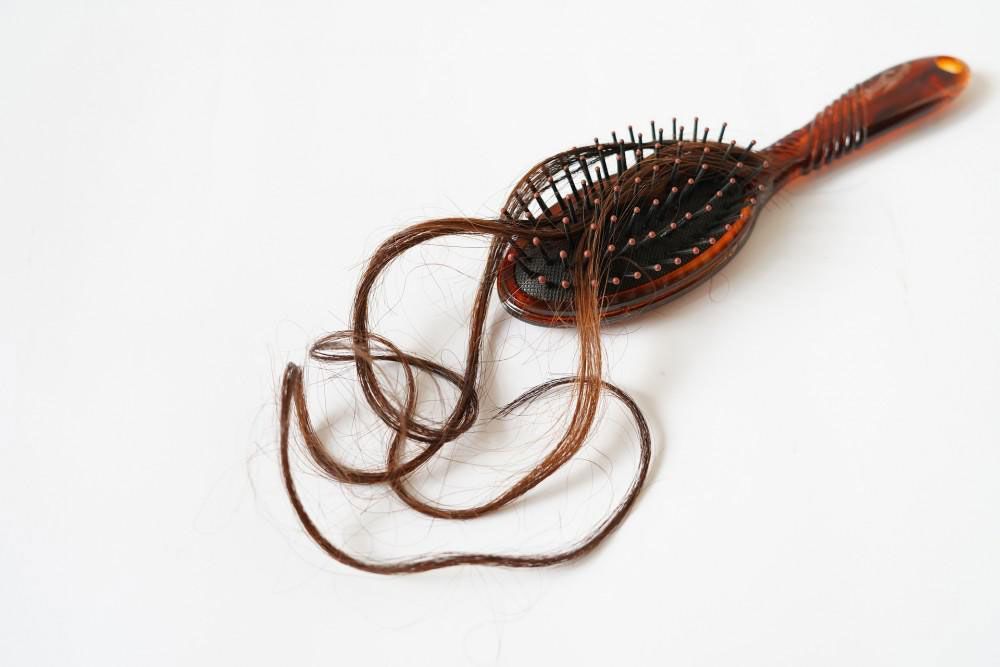Blog
Read Our Informational Health Blog

07 Nov, 2023
Postpartum Depression - Dr. Kimberly Wright, NMD Postpartum depression (PPD) affects more than one in seven women, keep in mind statistics show it’s closer to 3.5 times that Postpartum depression (PPD) affects more than one in seven women, keep in mind statistics show it’s closer to 3.5 times that number as many suffer in silence. I start with the cold hard facts, to ensure that you know you are not alone. Think about it this way, as you wait in line at the store buying that endless supply of diapers, more than 50 percent of the new moms around you are experiencing those baby blues. Read on to find out ways to navigate the adventures of motherhood.
Browse Our Website
Contact Information
Phone: 602-432-2900
Fax: (602) 737-1407
Address: 13838 S 46th Place Suite 210 Phoenix, AZ 85044
Satellite Location - 4840 E Indian School Rd. #107, Phoenix, AZ 85018 (inside Arcadia Dental Group)
Our Location
- Monday
- -
- Tuesday
- Closed
- Wednesday
- -
- Thursday
- -
- Friday
- Closed
- Saturday
- Closed
- Sunday
- Closed
Open 1st Saturday of Every Month, by Appointment Only
Tuesday and Friday: Emsculpt Neo Appointments in Arcadia Location
Content, including images, displayed on this website is protected by copyright laws. Downloading, republication, retransmission or reproduction of content on this website is strictly prohibited. Terms of Use
| Privacy Policy





